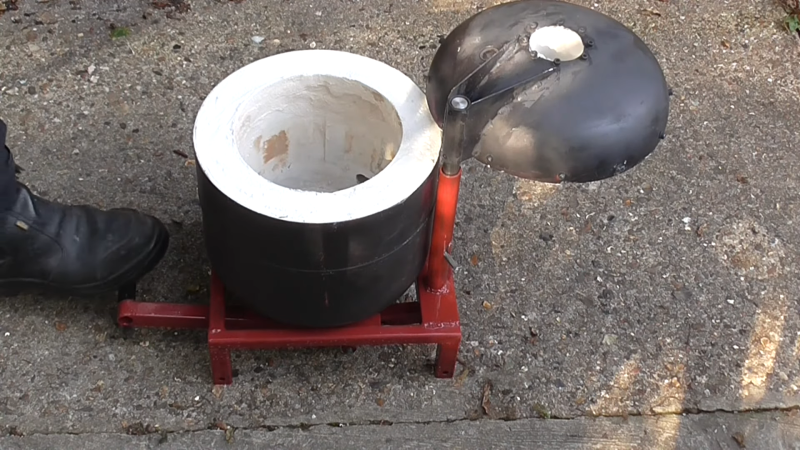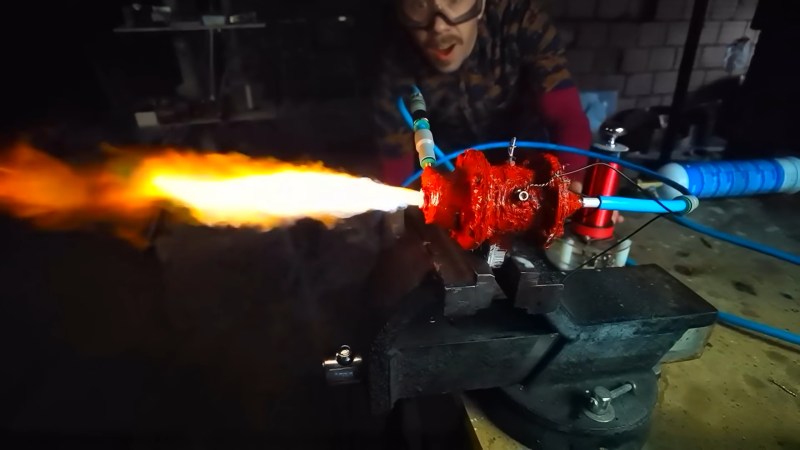When life hands you a bunch of crummy capacitors, what do you do? Make a whole bunch of temperature sensors, apparently.
The less-than-stellar caps in question came to [pyromaniac303] by way of one of those all-in-one assortment kits we so love to buy. Stocked with capacitors of many values, kits like these are great to have around, especially when they’ve got high-quality components in them. But not all ceramic caps are created equal, and [pyromaniac303] was determined not to let the lesser-quality units go to waste. A quick look at the data sheets revealed that the caps with the Y5V …read more
Continue reading Low-Quality Capacitors Turned Into High-Quality Temperature Sensors→


